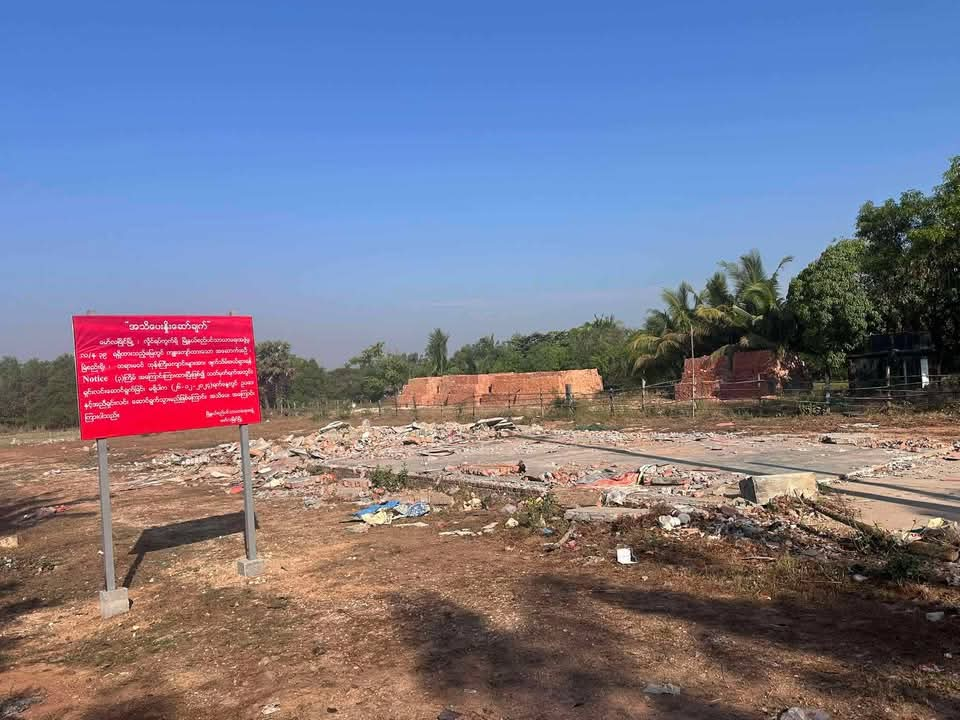
Increased reliability is one of the key features and advantages of 5G networks compared to previous generations of mobile communication technologies.
This improved reliability is crucial for a wide range of applications, from everyday mobile communications to critical machinery in industrial settings. Here are several factors that contribute to the enhanced reliability of 5G networks:





1. Lower Latency
5G networks are designed to offer ultra-low latency, which can be as low as 1 millisecond under ideal conditions. This rapid responsiveness is essential for applications requiring real-time data exchange, such as autonomous vehicles, remote surgeries, and augmented reality. Lower latency helps ensure that data packets are transmitted and received quickly and reliably.
2. Enhanced Uplink and Downlink Capacity
5G utilizes advanced technologies like massive MIMO (Multiple Input Multiple Output) and beamforming, which increase the number of simultaneous connections that the network can support. By using multiple antennas and focusing signals in specific directions, beamforming minimizes interference and enhances signal reliability for users.
3. Network Slicing
5G’s architecture allows for “network slicing,” which enables operators to create multiple virtual networks within the same physical infrastructure. Each network slice can be tailored to meet the specific reliability requirements of different applications or services. For example, a slice dedicated to emergency services can prioritize reliability and speed over others.
4. Improved Signal Processing Technologies
5G incorporates advanced signal processing techniques to improve error correction and data recovery. Enhanced modulation schemes help mitigate the impact of interference and multipath fading, which improves overall communication reliability.
5. Higher Frequency Bands
While 5G makes use of higher frequency bands (including mmWave), which can offer substantial bandwidth, it also utilizes lower frequency bands that can provide broader coverage and better penetration through obstacles. This combination allows for a more reliable connection in diverse environments, from dense urban areas to rural settings.
6. Densification of Network Infrastructure
5G networks often rely on a denser deployment of small cells and edge computing. This densification reduces the distance between users and the network, helping to maintain a strong and reliable connection. In environments with a high density of users or devices, such as stadiums or urban centers, the close placement of small cells can dramatically reduce congestion and improve reliability.
7. Robust Backhaul Connectivity
5G requires reliable backhaul connections to ensure that data can be transmitted from cell sites to the core network efficiently. Technologies such as fiber optics or high-capacity microwave links help provide the necessary backbone to support a reliable 5G service.
8. Self-Optimizing Networks
5G networks leverage AI and machine learning for self-optimization and self-healing capabilities. These technologies can monitor network performance in real-time and make adjustments to mitigate issues such as congestion or failures, enhancing overall reliability.
Applications Benefiting from Increased Reliability
Critical Communications: Applications such as public safety, emergency services, and critical infrastructure monitoring benefit from heightened reliability.
Industrial Automation: Manufacturing processes that rely on real-time data transfer for robotics and IoT devices can operate more effectively with 5G’s reliable connectivity.
Telemedicine: Remote diagnostics and surgeries that require real-time collaboration depend heavily on low-latency, reliable connections.
Autonomous Vehicles: Reliable communication is critical for vehicle-to-everything (V2X) applications to ensure safety and operational efficiency.
In summary, the increased reliability of 5G networks opens up new possibilities for applications that require high levels of trust and stability, setting the stage for innovation across various sectors.


Leave a Reply